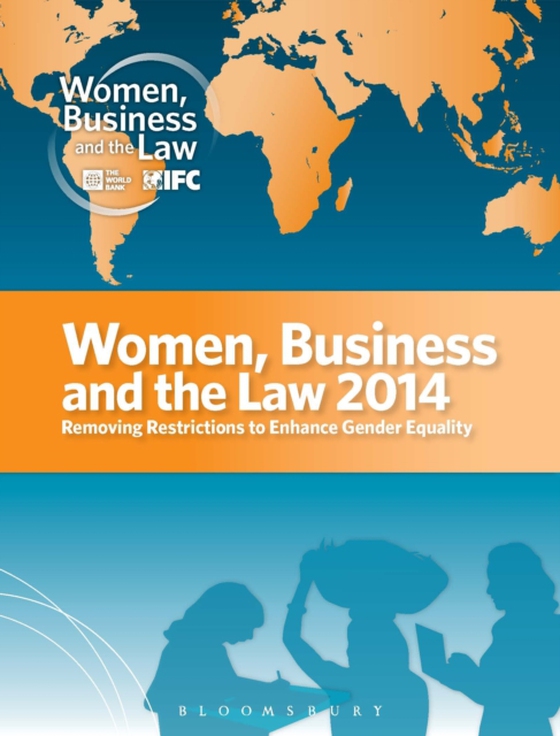
Women, Business and the Law e-bog
288,18 DKK
(ekskl. moms 230,54 DKK)
Women perform 66% of the world's work, produce 50% of the food, but earn 10% of the income and own 1% of the property. To shed light on why this grim statistic still holds true, Women, Business and the Law aims to examine legal differentiations on the basis of gender in 143 of the world's economies. Women, Business and the Law tracks governments' actions to expand economic opportunities for ...
E-bog
288,18 DKK
Forlag
Bloomsbury Information
Udgivet
7 november 2013
Længde
160 sider
Genrer
JFSJ1
Sprog
English
Format
pdf
Beskyttelse
LCP
ISBN
9781472906458
Women perform 66% of the world's work, produce 50% of the food, but earn 10% of the income and own 1% of the property. To shed light on why this grim statistic still holds true, Women, Business and the Law aims to examine legal differentiations on the basis of gender in 143 of the world's economies. Women, Business and the Law tracks governments' actions to expand economic opportunities for women across six key areas: accessing institutions, using property, getting a job, providing incentives to work, building credit and going to court. The report uncovers legal differentiations for women and married versus unmarried women such as being able to register a business, open a bank account and work at night. These issues are of fundamental importance. When, because of tradition, social taboos or simple prejudice, half of the world's population is prevented from making its contribution to the life of a nation, the economy will suffer. The empirical evidence does suggest that, slowly but surely, governments are making progress in expanding opportunities for women. It is our hope that data presented in Women, Business and the Law will both facilitate research on linkages between legal differentiation and outcomes for women, and promote better informed policy choices on what governments can do to expand opportunities for women.
 Dansk
Dansk

